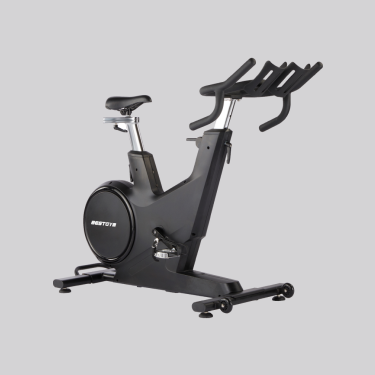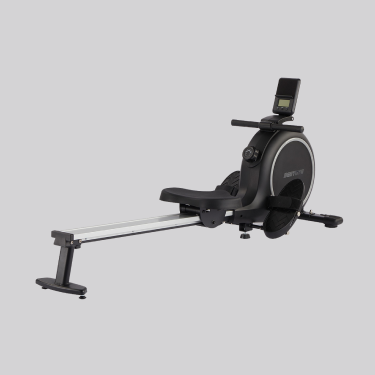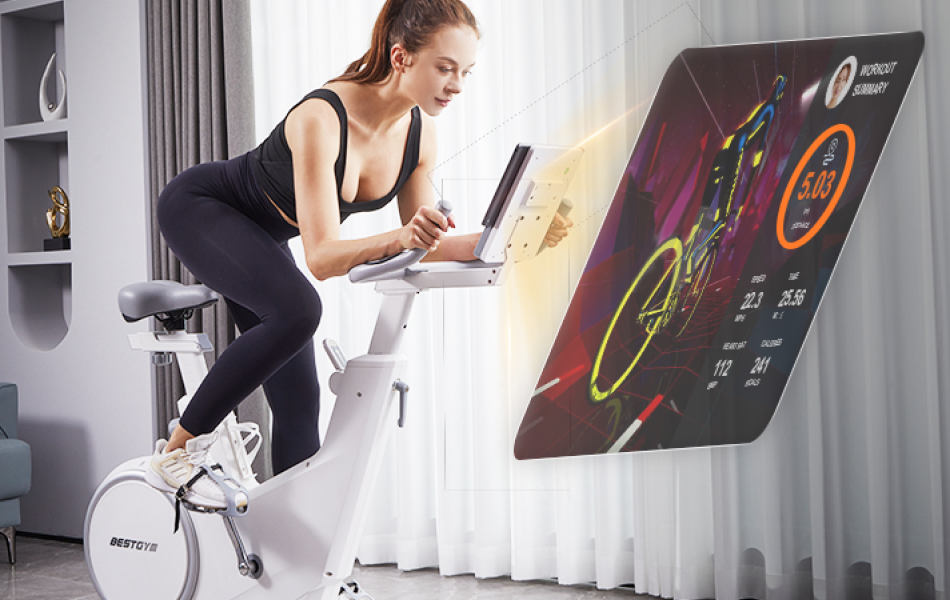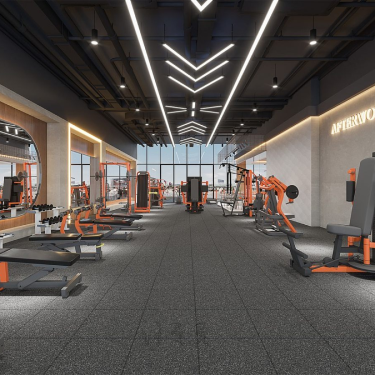Air Bike Tips and Market Trend
The exercise stationary bike market has witnessed significant growth over recent years, driven by various factors such as increased health consciousness, technological advancements, and the rise of home fitness. Below is a detailed analysis of the current market trends shaping the industry.
Integration of Advanced Technology
Technological advancements have played a pivotal role in the evolution of stationary bikes. Modern bikes now come equipped with a range of smart features, such as:
- Interactive Touchscreens: Many high-end models feature integrated touchscreens that allow users to stream live or on-demand workout classes.
- App Connectivity: Stationary bikes can now connect to fitness apps, offering real-time data tracking, performance analytics, and personalized workout plans.
- Virtual Reality Integration: Some models are exploring virtual reality (VR) to provide immersive cycling experiences, where users can ride through virtual landscapes or participate in live competitions.
Rise of Subscription-Based Fitness Models
Another significant trend is the rise of subscription-based fitness services that complement the use of stationary bikes. Companies like Peloton have popularized this model, where users purchase a bike and then subscribe to a monthly service that offers access to a wide range of workout classes, from spin sessions to strength training. This model has proven highly successful and is being adopted by other players in the market.
Focus on Customization and User Experience
Manufacturers are increasingly focusing on enhancing user experience by offering customizable features. These include:
- Adjustable Resistance Levels: Allowing users to tailor their workouts according to their fitness levels and goals.
- Personalized Workouts: Some bikes now use AI to adapt workout routines based on user performance and preferences.
- Comfort and Ergonomics: Brands are investing in better materials and design improvements to make bikes more comfortable for long-duration use.
Integration of Advanced Technology
Technological advancements have played a pivotal role in the evolution of stationary bikes. Modern bikes now come equipped with a range of smart features, such as:
- Interactive Touchscreens: Many high-end models feature integrated touchscreens that allow users to stream live or on-demand workout classes.
- App Connectivity: Stationary bikes can now connect to fitness apps, offering real-time data tracking, performance analytics, and personalized workout plans.
- Virtual Reality Integration: Some models are exploring virtual reality (VR) to provide immersive cycling experiences, where users can ride through virtual landscapes or participate in live competitions.
Rise of Subscription-Based Fitness Models
Another significant trend is the rise of subscription-based fitness services that complement the use of stationary bikes. Companies like Peloton have popularized this model, where users purchase a bike and then subscribe to a monthly service that offers access to a wide range of workout classes, from spin sessions to strength training. This model has proven highly successful and is being adopted by other players in the market.
Focus on Customization and User Experience
Manufacturers are increasingly focusing on enhancing user experience by offering customizable features. These include:
- Adjustable Resistance Levels: Allowing users to tailor their workouts according to their fitness levels and goals.
- Personalized Workouts: Some bikes now use AI to adapt workout routines based on user performance and preferences.
- Comfort and Ergonomics: Brands are investing in better materials and design improvements to make bikes more comfortable for long-duration use.








